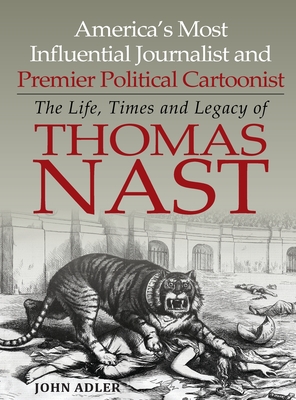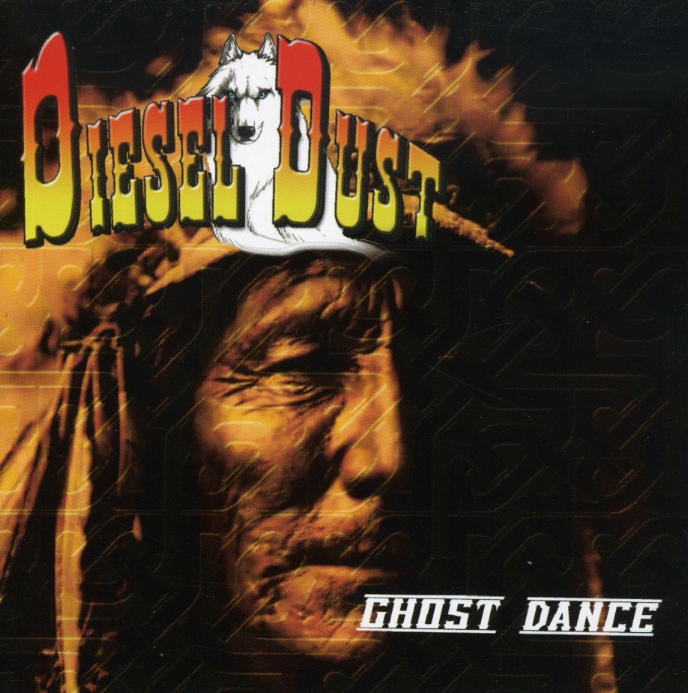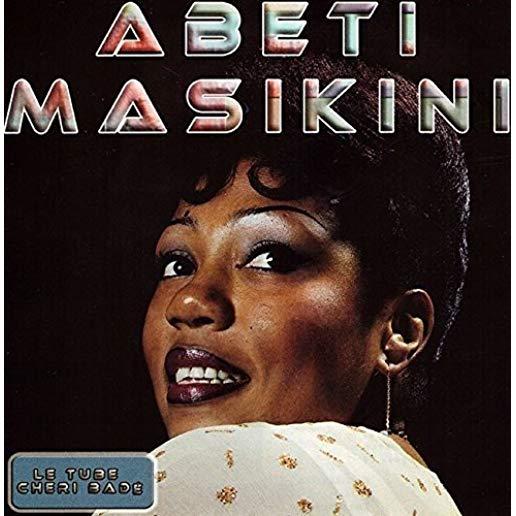
Adler, John
- To understand and appreciate the clever artistry and wit of America's best-ever caricaturist and most influential journalist
- To obtain a first-hand pictorial view of nineteenth century political history during the Civil War, Reconstruction and the Gilded Age.
- To reference over time - via the unique, manually-created Index - people and currently discussed topics like inflation, immigration and ethnic/religious/racial issues, portrayed visual with context.
Thomas Nast's was the first journalist who didn't own his paper to play a major role in shaping public opinion. However, he could not have done so without the quality, consistency, financial strength and resultant reach and dominance of Harper's Weekly, the country's leading illustrated newspaper. Its circulation exceeded 100,000 during the Civil War, reached as high as 200,000 in the course of major election campaigns' and came close to 300,000 at the height of his 1871 victory over Boss Tweed and his Ring of thieves. Including passalong readership, Nast's cartoons always had half a million to a million or more viewers, a key factor in his influence.
During his quarter-century career at Harper's Weekly (1862-1886), Nast published almost 2,200 illustrations and cartoons. Its tabloid-size pages (16 x 11 inches) enabled him to cram as many as 40 recognizable characters into a double-page cartoon. Overall, he caricatured 450 different people. Adding clout to his illustrations and cartoons, almost half of them were on large pages: 404 covers, 425 single pages and 130 double-pages (16 x 22 inches).
Nast generally led public opinion rather than followed it. Like most political cartoonists and editorial journalists, he was far from objective. Almost always, he preferred to be against a person or a cause, so he could serially pound the negatives - except when it came to his idol, President Ulysses Grant, whom he treated much too leniently. While repeating his basic message again and again, Nast varied his presentations in order to keep his content fresh and interesting.
To engage and persuade his audience, Nast effectively created a new visual language replete with symbols, caricatures, allegories, satire, puns and repetitive slogans. His readers understood his ocular shorthand, comprehended the minute details which more subtly reinforced his frontal attacks, and were familiar with his Shakespearean and other literary references.
All that was woven into the context of Nast's cartoons, which his fans and his haters instantly absorbed. Today it's difficult to appreciate his value as a visual historian without fully understanding the who, what and why of each one - and their serial effectiveness. Accordingly, each of the 800 cartoons and illustrations from Harper's Weekly and the 200 from other publications and sources (including sketches and paintings), has its characters identified and its content and context explained. The 100 cartoons by other artists that dealt with the same subject received the same explanatory treatment.
In summary, the thousand fully explained political cartoons covering the Civil War, Reconstruction and the Gilded Age make this book unique; there is no better visual satirical record of the six presidential campaigns and seven administrations: Lincoln, Johnson, Grant, Hayes, Garfield, Arthur and Cleveland. The Index adds a useful reference capability to track Nast's characters (Grant), topics (Christmas) and issues (inflation) over three decades.
Journalists, historians, politicians, educators, cartoonists and anyone interested in the visual history of the last half of the nineteenth century will find this book both enjoyable and invaluable.







